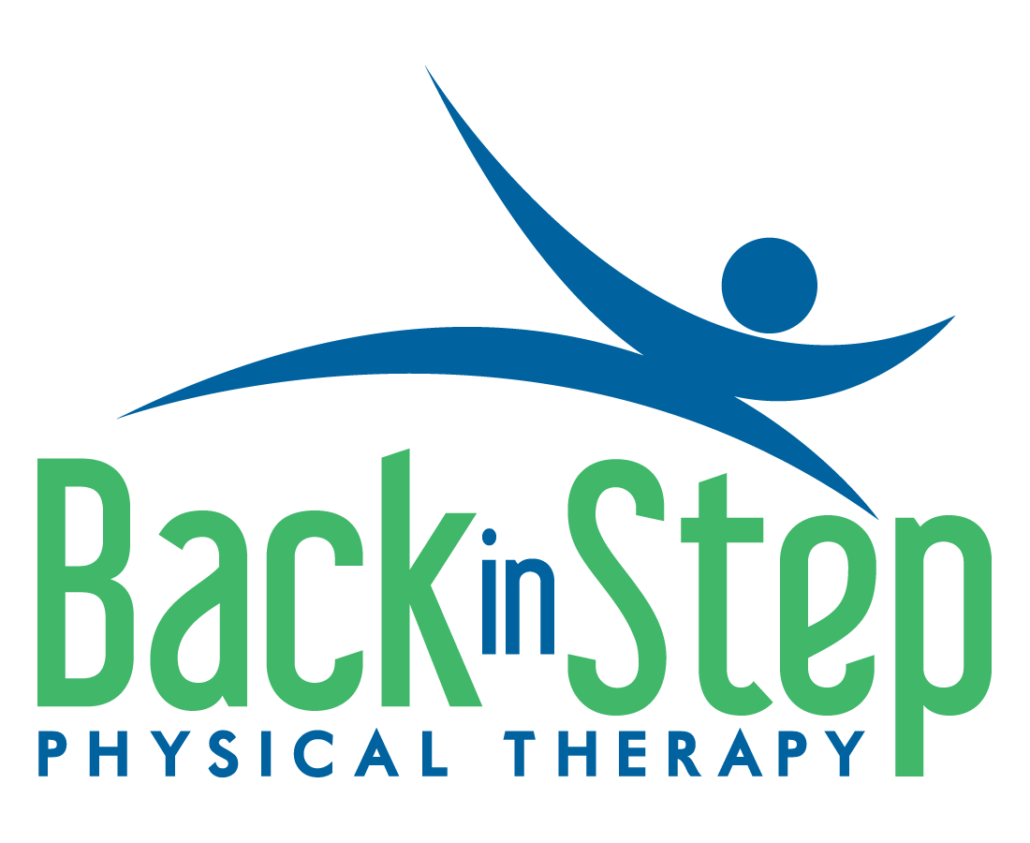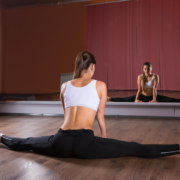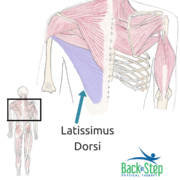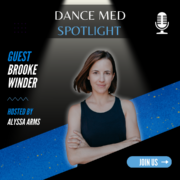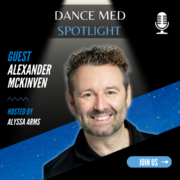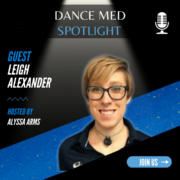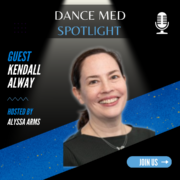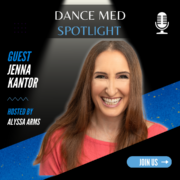Dancers’ Arm Movement & Shoulder Pain
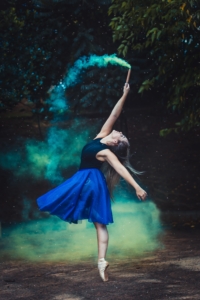 The shaping and flow of the arms in dance helps to:
The shaping and flow of the arms in dance helps to:
- add complexity to lines of movement,
- communicate a story without words,
- contribute to both the beauty and strength of most styles of dance,
- and much more.
Because arm movement is so crucial to most styles of dance, we tend to do a LOT of repetitive movement, between practice and rehearsals, shows, performances, and competitions.
Think about your average ballet warm-up at the barre – during a plie combination alone, how many arm movements do you do?
In the classes that I took growing up, we probably did a minimum of 30-40 movements per arm just in that one section alone! Multiply that by the various aspects of a barre warm-up, working at center floor, time spent going across the floor, running choreography, and a cool-down. A single hour-long ballet class likely has hundreds of movements per arm.
How often have you felt like your shoulders and arms are getting tired during class? During rehearsal? During performances? Or maybe you’ve experienced pain in the shoulders as the muscles fatigue from all of the repetition and holding of positions?
I know that that was a reality for me sometimes. So what can you do about it? Luckily, the answer is easy – you have a lot of options!
But first, let’s talk about WHY this happens in the first place.
We have several muscles all around the u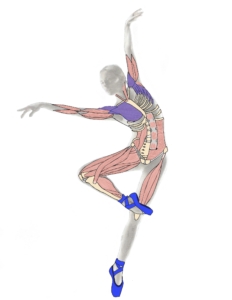 pper arm and torso that contribute to movement. These include muscles like the deltoids, biceps, triceps, latissimus dorsi, and several others. Possibly even more importantly, there are multiple muscles around the shoulder blades that play a key role in the movement and stability of the arms. The muscles around the shoulder blades are the rhomboids, trapezius, serratus anterior. There are also four muscles of the rotator cuff that are important – infraspinatus, supraspinatus, subscapularis, and teres minor.
pper arm and torso that contribute to movement. These include muscles like the deltoids, biceps, triceps, latissimus dorsi, and several others. Possibly even more importantly, there are multiple muscles around the shoulder blades that play a key role in the movement and stability of the arms. The muscles around the shoulder blades are the rhomboids, trapezius, serratus anterior. There are also four muscles of the rotator cuff that are important – infraspinatus, supraspinatus, subscapularis, and teres minor.
Here’s why the muscles around the shoulder blades are so important.
Think of it this way: when you’re building a house, the foundation needs to be strong and sturdy. If it’s not, then the house built on that foundation is liable to collapse. Those shoulder blade muscles are like the house foundation.
These muscles must be strong and working together in the appropriate ways. That way, when you are doing all of your different arm positions and movements, the arm itself doesn’t have to work so hard, strain is reduced, and things don’t fatigue as quickly. And, on the flip side, if those muscles around the shoulder blades don’t do their jobs correctly, the muscles of the arm have to work hard, meaning that it’s more likely to develop pain and fatigue.
So What Can You Do?
Like I said before, there are things that can be done to improve that foundation! The approach requires a combination of tactics, including mobility, stability, and strength, and working in that order is a great way to do it. Click each of the links to see the video of the exercise in action!
It’s important to know that the best plan of attack is customized for each person individually, but I still wanted to share some ideas for you to try.
Mobility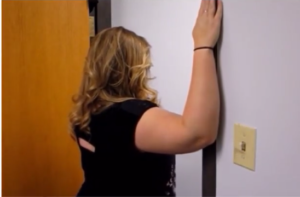
- Pec Stretch – This stretch is easy to do at any doorway or corner of the wall. It helps to stretch out the muscles at the front of the shoulders and chest, allowing you to open up the chest more easily while you do various arm movements and positions.
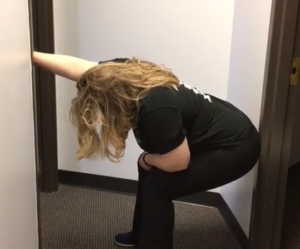
- Lat Stretch – If you ever have trouble keeping your arms overhead without arching your back, this is a great stretch for you! This targets all kinds of muscles around the trunk, ribs, and shoulder, helping with all kinds of things.
Stability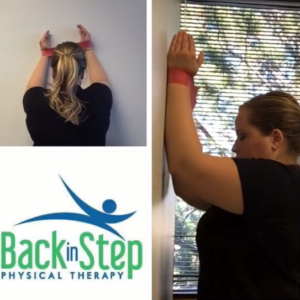
- Wall Crawls – All you need is a wall and a resistance band to strengthen some of the muscles around the shoulder and shoulder blade. It helps to build a strong foundation, making it easier to keep your arms strong and stable while you dance!
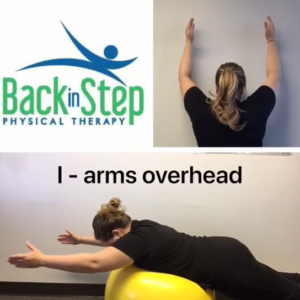
- I, Y, T’s – The wall crawls exercises focuses a bit more on the rotator cuff, whereas this group of exercises targets the stabilizers of the shoulder blade. Another great way to build a strong foundation.
Strength
- PNF D1 & D2 – This group of exercises builds upon the stability that you’ve gained with the previous exercises. Now, you are using more resistance and moving through larger motions. These exercises have a great connection to some of our dance technique, particularly if you’re doing something like partnering.
If you’ve tried these & still are having trouble with shoulder pain or controlling your arm movement, contact us to get an appointment & get checked out!
Also check our our Dancer’s Kit!
